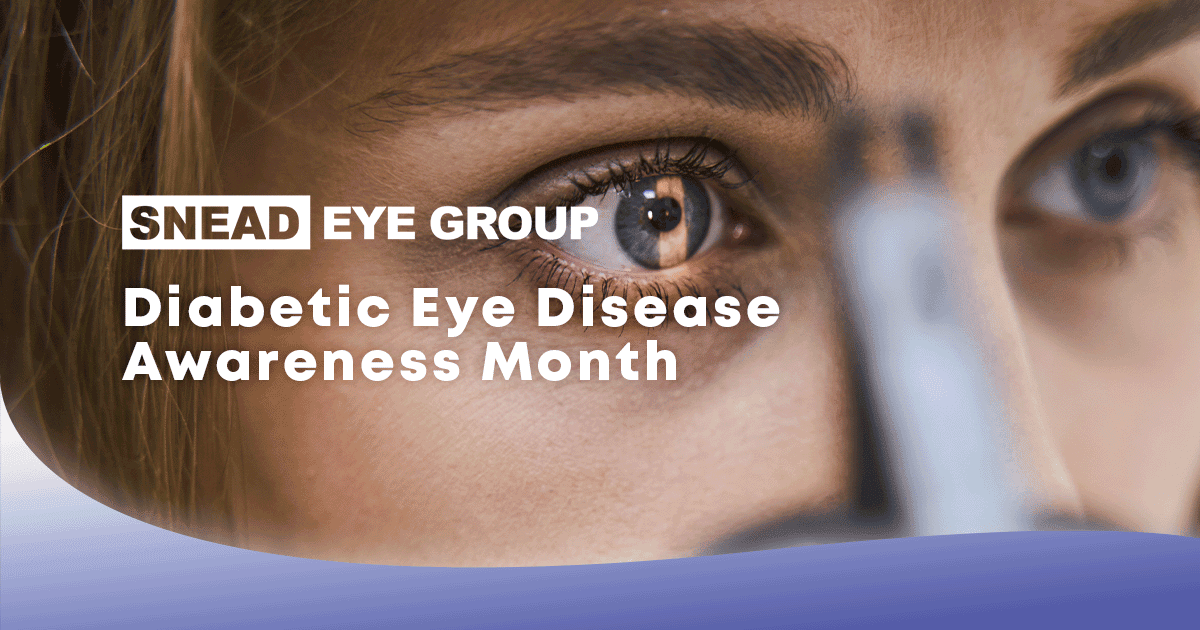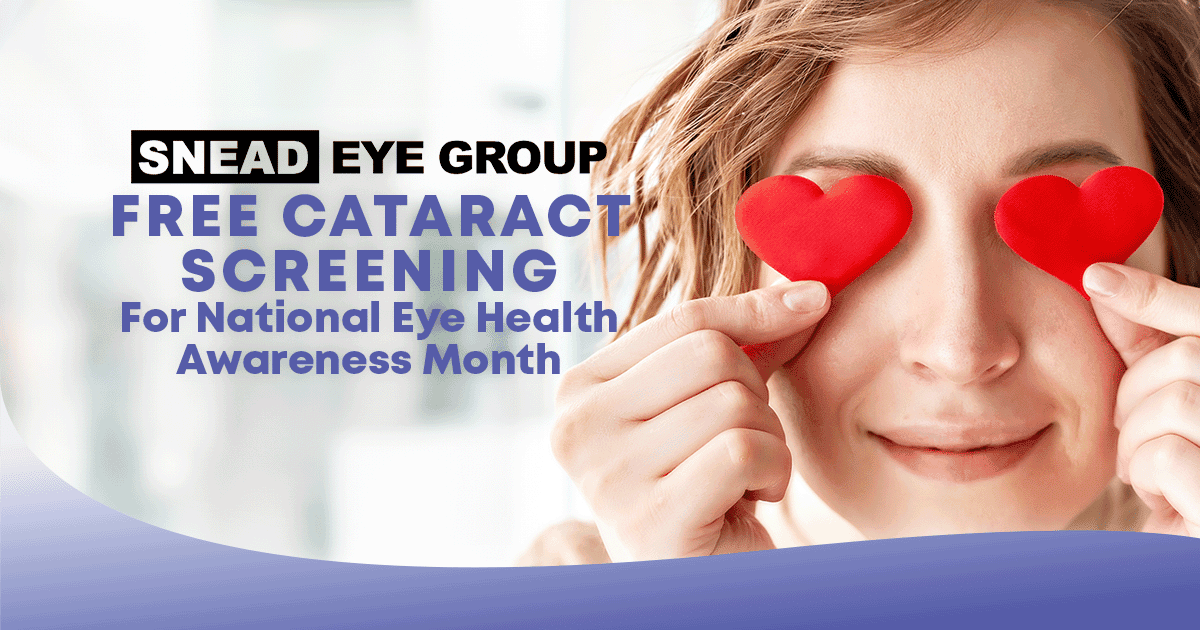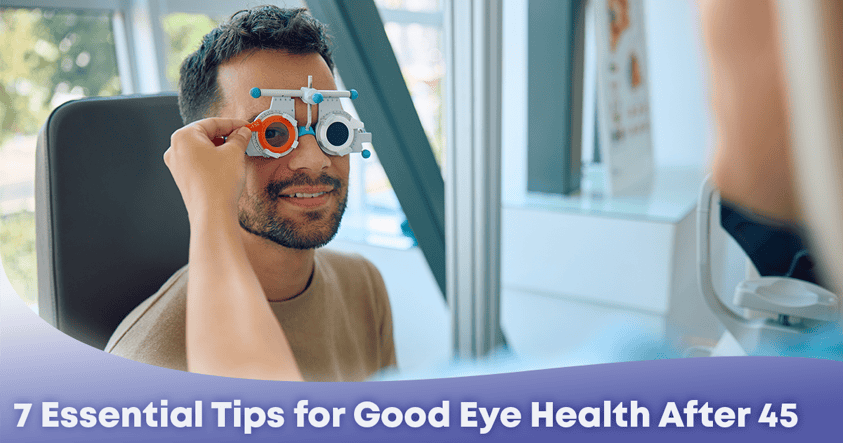How Do I Know if My Migraine Is Related to Eye Strain?
Headaches and migraines affect millions of people in the United States. The numerous causes range from hormones and genetics to poor diet and dehydration to high stress and muscle tension. There’s also a clear connection between headaches and eye strain. The best way to tell if eye problems are the cause of your headaches or migraines is to consult an eye doctor.
What Is Eye Strain?
Eye strain results from over-focusing on a particular object, resulting in excessive muscle contractions that can trigger a headache. While strained eyes don’t cause permanent damage, the condition can be very uncomfortable. Common causes of eye strain include:
- Working long hours in front of a screen
- Reading, especially in low light
- Driving for hours
- Doing up-close work
- Wearing incorrect glasses or contact lenses
Can Eye Strain Cause Migraines?
Eye strain is one of the many possible causes of headaches and migraines. Other eye problems, particularly those that lead to squinting, can also trigger a migraine. These include:
How to Prevent Eye Strain & Eye-Related Migraines
Be aware that most people with headaches and migraines do not have an underlying eye condition. However, chronic eye strain can lead to chronic headaches. By making simple changes to your working, reading, and driving environments, you may be able to prevent eye strain and the resulting headaches. Here’s what we recommend:
- Make healthy lifestyle changes to reduce the risk of developing headaches. For instance, stay hydrated, exercise regularly, manage stress, and get enough sleep.
- Maintain good sitting posture when working at the computer. If necessary, adjust your screen so that you gaze slightly downward at it.
- Wear computer glasses or adjust the coloration of your monitor to reduce the impact of blue light.
- Follow the 20-20-20 rule. This involves resting your eyes during screen time or up-close work every 20 minutes by looking at an object at least 20 feet away for 20 seconds.
- Only read in well-lit settings.
- Wear sunglasses while driving or spending time outside to reduce glare.
- Use artificial tears or run a humidifier to combat dry eyes.
- Schedule an eye exam. Be sure to bring up the concerns you have about your headaches at your appointment.





